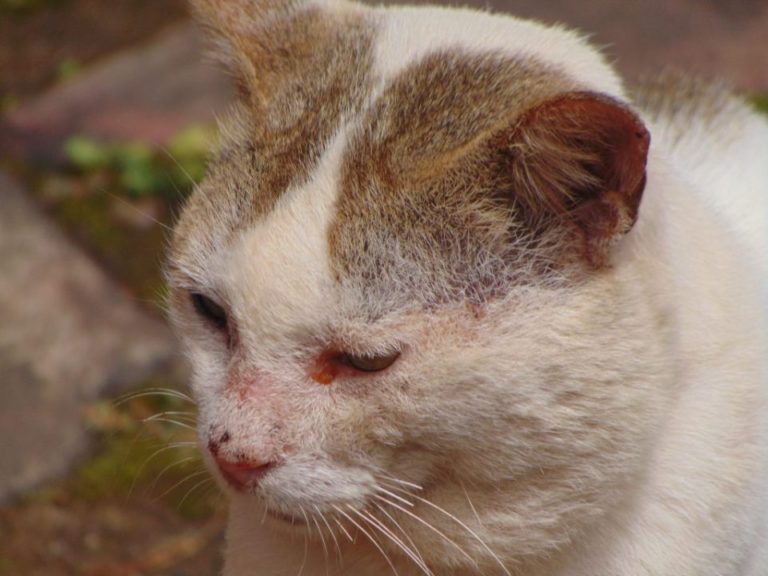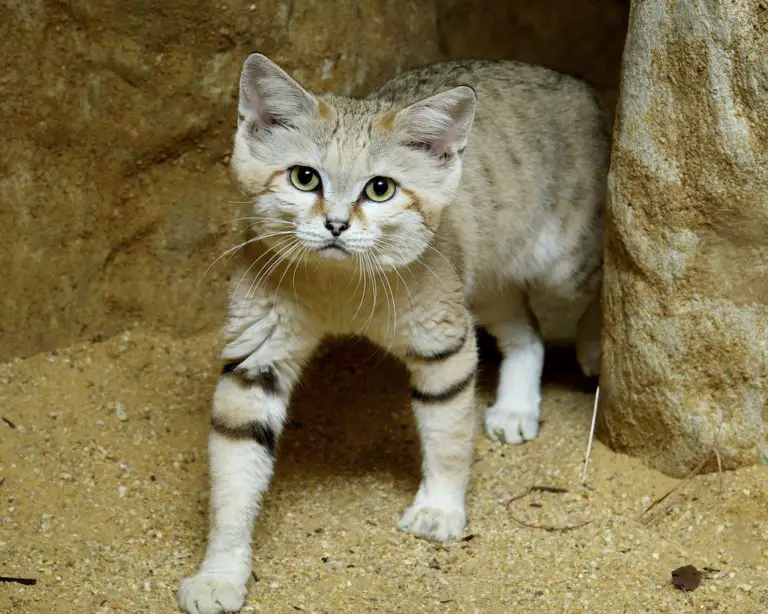
Cats are known for being able to handle heat better than humans. They have short fur and sweat glands that help cool them down in hot weather. But does this make cats more resistant to heat, or does it increase their risk for illness?
To answer this question, we need to look at how the body produces energy and how it cools itself down.
The body’s main source of energy is carbohydrates from plants and animals that we eat. When you burn these carbohydrates (by exercising or doing strenuous activity), they release oxygen and carbon dioxide into the bloodstream. The blood carries these gases through your body to help it stay at a constant temperature by removing excess heat or cold.
The lungs help remove carbon dioxide from the body and exhale them into the air, which helps reduce heat loss. As you breathe out, your skin absorbs some of this carbon dioxide, taking it away from your body so it doesn’t build up inside you and cause an imbalance between the two gases in your bloodstreams.
Some cats may experience heatstroke if they are left alone in the car on a hot day or if they are exposed to extreme heat for an extended period of time. Signs of heatstroke in cats include:
- Excessive panting
- Loss of coordination or balance
- Red tongue and gums
- Increased blood pressure
Are Cats More Sensitive to Heat Than Humans?
Cats are known for their ability to tolerate heat, but do they really have a better handle on it than humans? According to one study, the answer is yes.
The study was conducted by researchers at the University of North Carolina School of Medicine and published in the journal Physiology & Behavior. The researchers wanted to find out if cats could tolerate higher temperatures than humans.
They asked 23 people who were suffering from chronic pain and insomnia to wear a device that measured their body temperature at night while they slept. They also measured their heart rate and blood pressure during the same time period. The participants also wore goggles that blocked out any light so that their eyes wouldn’t be affected by bright light (which can affect sleep).
The study found that cats were able to fall asleep faster than humans when it was too hot outside or when there was a fire nearby. In fact, they were able to fall asleep even if they were exposed to a temperature of over 90 degrees Fahrenheit outdoors!
Cats are often far less affected by low temperatures than humans – although this is not always the case. A female cat will give birth in warmer weather than a male cat if both are exposed to the same temperature. However, this does not mean that female cats will tolerate cold better than males; it simply means that they will be capable of breeding at higher temperatures than males.
Do Cats Have a Higher Tolerance for Heat?
Cats are almost always on the move, so they need to be able to adapt quickly to changes in their environment. This is why cats have a higher tolerance for heat than dogs do. Cats can tolerate warmer temperatures than dogs because they have more padding on their bodies, which makes them less susceptible to heatstroke.
Cats also have thicker fur that allows them to maintain a relatively constant body temperature year-round. For example, if your cat develops a fever, it may not be because he’s getting too hot — it may be because his body temperature has dropped lower than normal due to illness or stress.
Cats do have a high tolerance for heat, but this doesn’t mean you should let them outside to bask in the sun.
Cats are naturally cold-blooded vertebrates and their bodies are designed for lower temperatures than humans.
Cats are also more prone to hypothermia than people because they don’t generate much body heat and have very little blood flow in their extremities.
Cats’ fur is designed to trap body heat and help protect them from the cold. If you want your cat to be comfortable, provide an environment that’s comfortable for them, not one that’s too hot or too cold.
What Temperature Is Too Hot for Cats Indoors?
The temperature that is too hot for cats indoors is around 104°F (40°C). Cats are more susceptible to heat-related illness at this temperature because they don’t regulate their body temperature as well as people do.
The ideal indoor temperature for cats is between 68-80 degrees Fahrenheit (20-27 degrees Celsius). The best way to know what your home’s indoor temperature is is with a thermometer. If your home has hardwood floors or carpeting, opt for a digital model that will automatically display the temperature in real time.
Cats are sensitive to temperature extremes. If your cat seems uncomfortable or even sluggish, it could be an indication of heat exhaustion. If you suspect that your cat has heatstroke, take him or her immediately to see an animal doctor or vet for treatment.
What can cause my cat to overheat?
The most common causes of heatstroke include:
– Being left outside too long during the day without adequate shelter or shade from the sun
– Being exposed to very high temperatures for extended periods of time
What Temperature Is Too Hot for Kittens?
The ideal temperature for kittens is between 75 and 80 degrees Fahrenheit (24-26 degrees Celsius). If you have a heating pad or heat lamp, place it on the floor in an area where your kitten can’t escape from it.
The first thing is that kittens need a temperature that is safe for them. You should know what the proper temperature is for your kitty and make sure she isn’t being exposed to anything that could harm her health.
Next, you want to make sure that the room where your kitten spends most of her time is comfortable and safe for her. This will include things like making sure there are no drafts or drafts of any kind in the home or apartment, keeping any doors open while you are trying to nap (or playing with the kitten), and keeping windows open when it gets too hot outside.
When looking at adding a new kitten into your household, you may already have pets already in place. If this is the case, then make sure they aren’t allowed in your bedroom as well because both cats can be very territorial when it comes to their territory.
Kittens are very sensitive to temperature. As a result, they can become dehydrated and even die in extreme heat.
Many veterinarians advise owners not to leave their kittens outside for extended periods of time. It is best to keep them indoors, especially in the summer months.
On the other hand, if you have an air conditioning unit in your home, it’s probably okay to leave your kitten outside on a hot day with the air conditioning running. If you don’t have an air conditioning unit or if you live in a warm climate where temperatures reach into the 80s and 90s every day, it’s best not to leave your kitten outside at all hours of the day or night.
What Temperature Can Cats Tolerate Outside?
Your cat’s ideal temperature is between 68 and 72 degrees Fahrenheit, according to the ASPCA. This means that your cat will be fine if you leave him outside for a few hours. However, if you feel that his temperature has risen above normal, you should call your veterinarian immediately.
If your cat is outside in the summer months and not wearing a sweater or jacket, he could become overheated very quickly. If he is wearing a sweater or jacket, but still too hot, he could develop a heat stroke which can be fatal to cats. Heat stroke occurs when a cat’s body temperature rises too high due to stress or exhaustion.
Even if your cat’s body temperature is within normal limits, it’s still important to keep an eye on him so that you can react quickly if something goes wrong. If your cat gets wet in heavy rains or storms, he could come down with hypothermia which can also be fatal if left untreated.
Cats enjoy the outdoors, but they are not necessarily as adaptable as dogs. With the proper preparation, your cat can enjoy fresh air and sunshine without any problems (although it is important to note that cats should never be left outside unattended).

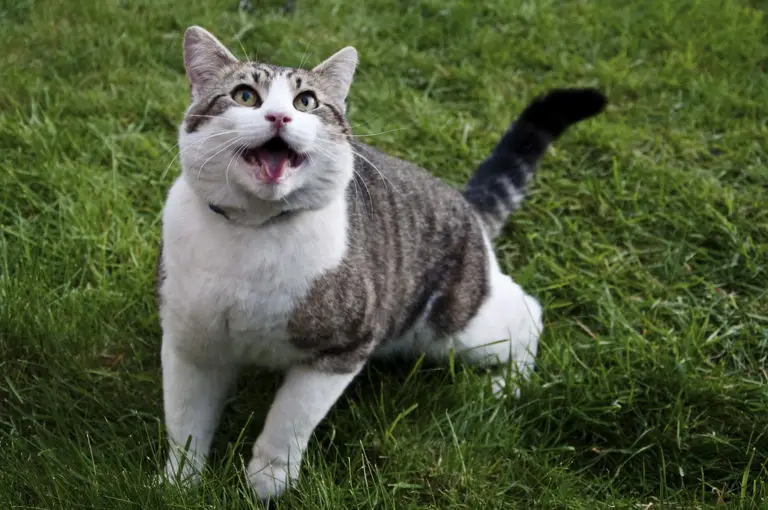
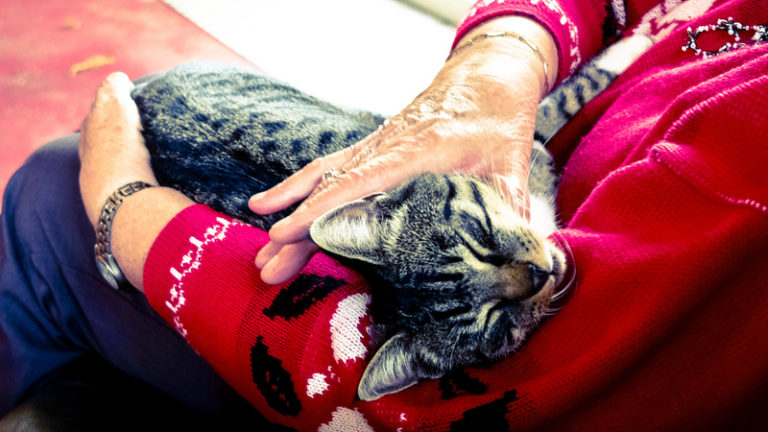
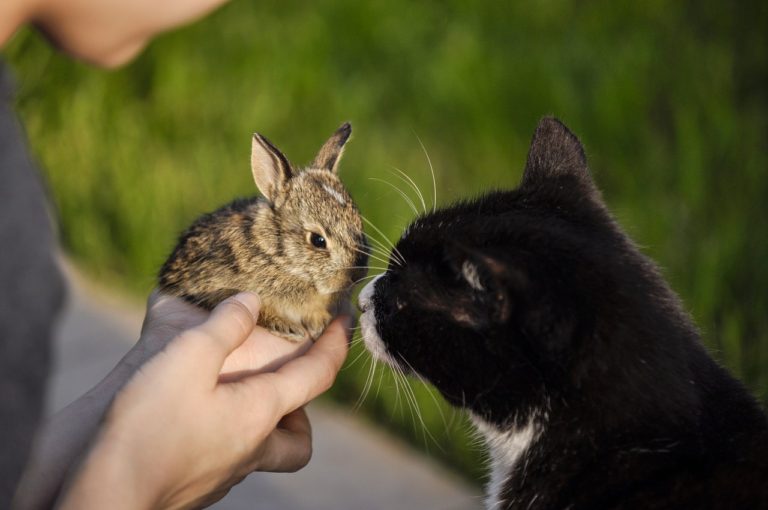
![Cats Voices Change Do Cats Voices Change? [Cat Laryngitis Explained]](https://kitteria.com/wp-content/uploads/2022/07/Cats-Voices-Change-768x512.jpg)
